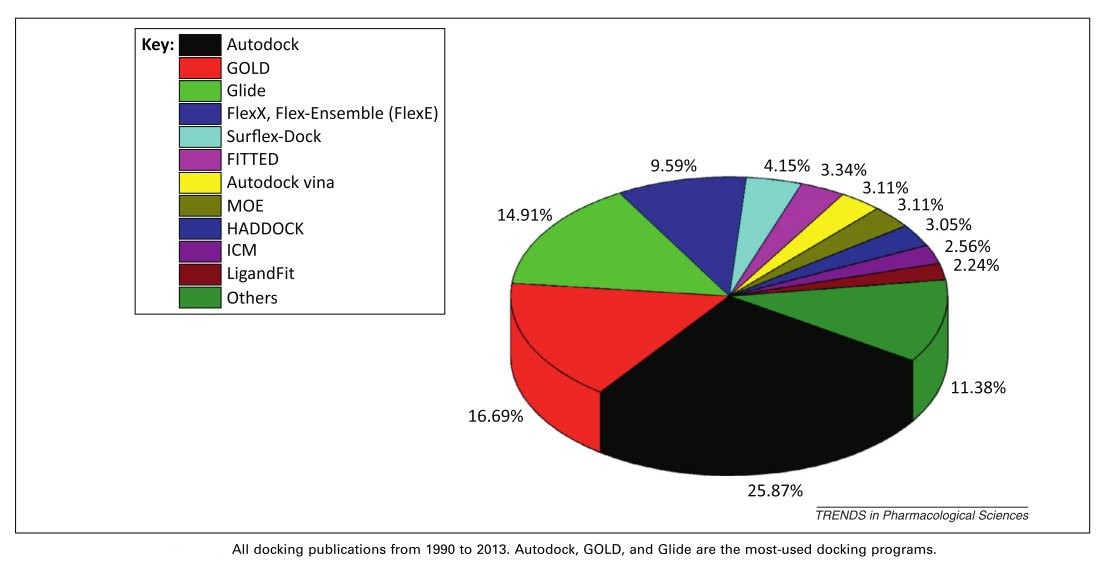As the most widely used docking tool, Autodock team released next version: AutodockFR.
AutoDockFR: Advances in Protein-Ligand Docking with Explicitly Specified Binding Site Flexibility, Pradeep Anand Ravindranath, Stefano Forli, David S. Goodsell, Arthur J. Olson, Michel F. Sanner
PLOS Computational Biology Published: December 2, 2015, DOI: 10.1371/journal.pcbi.1004586
Automated docking of drug-like molecules into receptors is an essential tool in structure-based drug design. While modeling receptor flexibility is important for correctly predicting ligand binding, it still remains challenging. This work focuses on an approach in which receptor flexibility is modeled by explicitly specifying a set of receptor side-chains a-priori. The challenges of this approach include the: 1) exponential growth of the search space, demanding more efficient search methods; and 2) increased number of false positives, calling for scoring functions tailored for flexible receptor docking. We present AutoDockFR–AutoDock for Flexible Receptors (ADFR), a new docking engine based on the AutoDock4 scoring function, which addresses the aforementioned challenges with a new Genetic Algorithm (GA) and customized scoring function. We validate ADFR using the Astex Diverse Set, demonstrating an increase in efficiency and reliability of its GA over the one implemented in AutoDock4. We demonstrate greatly increased success rates when cross-docking ligands into apo receptors that require side-chain conformational changes for ligand binding. These cross-docking experiments are based on two datasets: 1) SEQ17 –a receptor diversity set containing 17 pairs of apo-holo structures; and 2) CDK2 –a ligand diversity set composed of one CDK2 apo structure and 52 known bound inhibitors. We show that, when cross-docking ligands into the apo conformation of the receptors with up to 14 flexible side-chains, ADFR reports more correctly cross-docked ligands than AutoDock Vina on both datasets with solutions found for 70.6% vs. 35.3% systems on SEQ17, and 76.9% vs. 61.5% on CDK2. ADFR also outperforms AutoDock Vina in number of top ranking solutions on both datasets. Furthermore, we show that correctly docked CDK2 complexes re-create on average 79.8% of all pairwise atomic interactions between the ligand and moving receptor atoms in the holo complexes. Finally, we show that down-weighting the receptor internal energy improves the ranking of correctly docked poses and that runtime for AutoDockFR scales linearly when side-chain flexibility is added.
转载本文请联系原作者获取授权,同时请注明本文来自袁曙光科学网博客。
链接地址:https://wap.sciencenet.cn/blog-355217-941935.html?mobile=1
收藏



